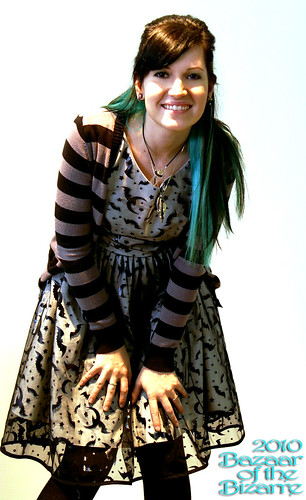 Today I was reminded of why I started making skin care products - even the "natural" companies, aren't living up to their promises! In my mailbox today I found a newsletter (more like a newsPAPER!) from one of the biggest commercial companies toting the natural vibe. Now although this big company (that starts with an "L" and ends in an "H"), makes products that are better than a lot of what's available out there, they are still using two ingredients (in the majority their products) that are on most "dirty dozen" lists of ingredients to avoid.
Today I was reminded of why I started making skin care products - even the "natural" companies, aren't living up to their promises! In my mailbox today I found a newsletter (more like a newsPAPER!) from one of the biggest commercial companies toting the natural vibe. Now although this big company (that starts with an "L" and ends in an "H"), makes products that are better than a lot of what's available out there, they are still using two ingredients (in the majority their products) that are on most "dirty dozen" lists of ingredients to avoid. I previously talked in length about one of those ingredients, parabens, in a previous blog post. A summery of their danger is that they mimic hormones and are readily absorbed into our skin. You'll find these at the end of the "Big L's" ingredients lists for many of their products.
The second shameful ingredient that the big L adds to pretty much anything that bubbles, suds, or fizzes, is SLS (Sodium Lauryl Sulfate). I'm sure I've mentioned this problem ingredient on many occasions but since I don't have a blog post summarizing what it is and why you'll want to avoid it, now is the time! The last thing we all want is to start a new year bathing and soaking in chemicals! Without further a do, here's what makes SLS so shameful!
Share
What Sodium Lauryl Sulfate (SLS) and Sodium Laureth Sulfate (SLES) are:
They are forming agents in the most basic terms. They create bubbles, form, and clean. They are some of the most widely used sulfates because they cheap. The almighty dollar strikes again. You'll find these sulfates in all kinds of bath and body products including bath bombs (the big L is notorious for SLS in their bath bombs), shampoo, body wash, bubble bars (I've never seen one made without SLS or SLES), tooth paste, dish soap, bubble bath, shaving cream, etc. SLES is said to be the milder of the two, but its effects seem to be much more long lasting.
Why they should be avoided:
- Concentrations as low as 0.5% can cause irritation.
- Concentrations of 10-30% can cause skin corrosion!
- Rashes, scalp scabs, canker sores, dry skin patches
- Color stripping
- Stripes shine from hair
- Penetrates skin easily and can't be metabolized by our liver
- Possible endocrine disruptors
- Not just skin and scalp irritants, they are also eye irritants
- Contamination with 1,4 dioxane (cancer causing)
How to spot them on labels:
They will be listed exactly how I've listed them in this post (minus the abbreviation):
- Sodium Lauryl Sulfate
- Sodium Laureth Sulfate
Today's take away:
Read labels! It's the only way to see through marketing hype to know if you're getting a natural, safe, skin loving product, or you're getting something that seems wondering but actually contains cancer causing ingredients! Again, watch out for any ingredient ending in -paraben, and watch out for Sodium Lauryl Sulfate and Sodium Laureth Sulfate



















Good alert, Batty! Endocrine disruptors can do some pretty nasty things to our bodies... including causing serious conditions like endometriosis and infertility.
ReplyDeleteAn interesting point to note about those chemicals who work as endocrine mimics/disruptors when in our bodies, is that large concentrations ingested tend to be ignored and excreted by our endocrine systems without being acted upon - a message ignored because the quantity is simply too enormous to actually have been sent out by our bodies-sort of like a BS detector in a way - however smaller concentrations can do the most damage as they slip by our alert systems, and fool our "BS detector". Companies will often claim that small amounts are harmless when in fact they are actually capable of greater damage than high concentrations are because they are recognized (erroneously) as plausible in-body messages. Hope this makes sense.
I must be dense... still trying to figure out who L_____h is ...